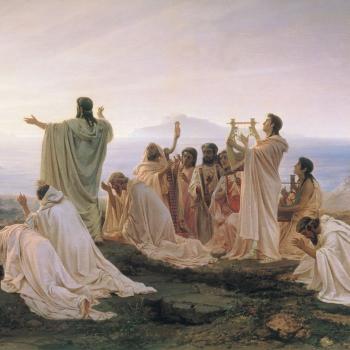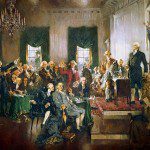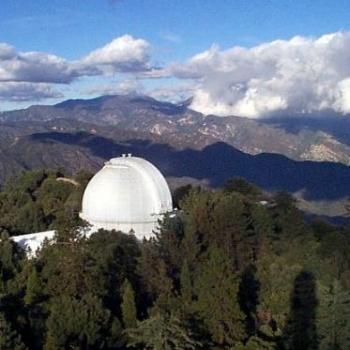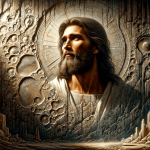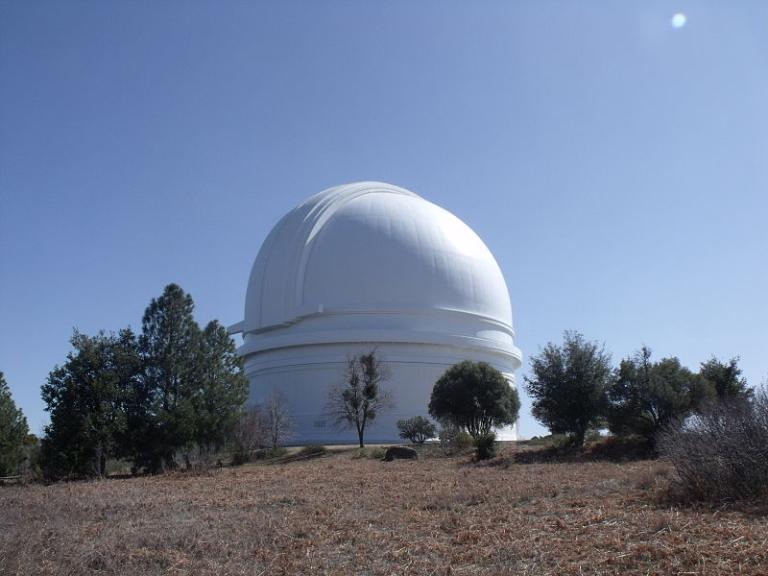
Strictly speaking, of course, this is merely the largest of the observatories in the complex atop Palomar Mountain.
A very short but fascinating discussion, using pivotal photographs, of some of the most important developments in the history of astronomy:
http://nautil.us/issue/32/space/these-astronomical-glass-plates-made-history
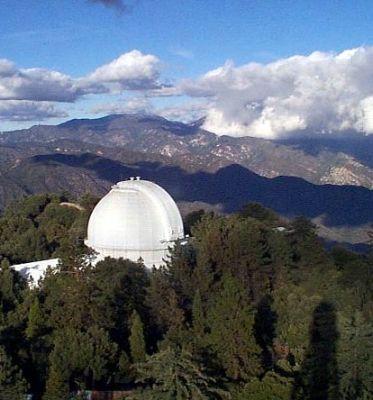
(NASA public domain photograph)
Growing up in San Gabriel, California, I saw Mount Wilson — a peak in the San Gabriel Mountains — virtually every day of my life until I went away for college. It was the dominant feature of the local horizon, as well as my reliable indicator of north. Its most obvious and striking features were the television and radio antennas, but it was also easy (when we were in the right location and when the smog wasn’t too bad!) to see at least some of its astronomical observatories.
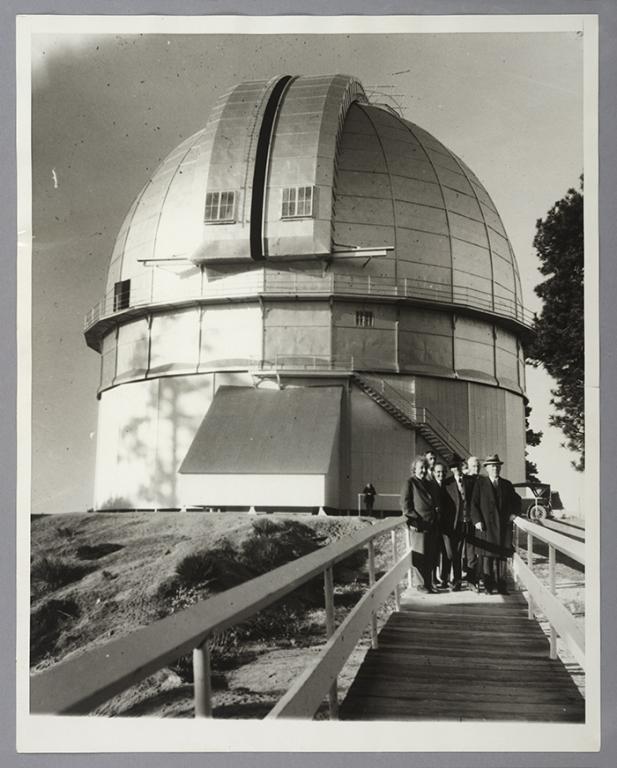
I simply didn’t appreciate what I was looking at.
To me, when I was quite small, Mount Wilson represented an occasional opportunity to escape classes and go on a school field trip. My parents took me there as well, and they also took me to visit the observatory at Mount Palomar when I was still a child. It was only years later that I really began to comprehend the significance of these places for the history of science.
But my parents’ efforts weren’t entirely wasted. I went through a period of several years in which, still as a fairly young boy, I dreamed of being an astronomer. I don’t know whether I would have pursued that path very far or not. What killed it was poor eyesight. I wondered for a while how people could claim to see constellations and planets with their naked eyes, whereas, to me, it was all a blur. I thought that was normal. I finally got eyeglasses when I was about ten years old or so, and it made a huge difference. But I had already given up on trying to see things in the night sky. And, anyway, the Los Angeles Basin, with its pollution-laden air and its bright lights, wasn’t an ideal viewing location.



